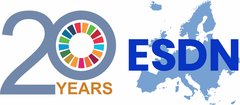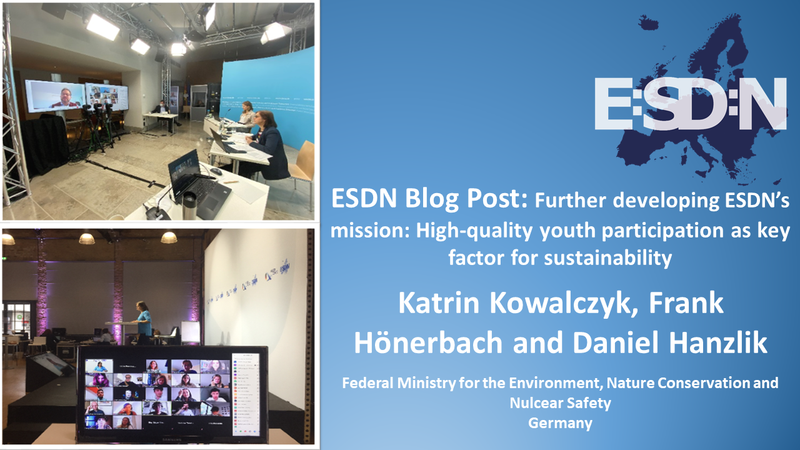December’s Blog post features representatives from the German Federal Ministry for the Environment, Nature Conservation and Nuclear Safety, Katrin Kowalczyk, Frank Hönerbach, and Daniel Hanzlik. They discuss on participatory policy-making, focusing in particular on two successful Youth Camps to involve youth more in the European Sustainable Development Network.
France’s “Convention Citoyenne pour le Climat”, the Irish Citizen’s Assembly on Abortion, the Citizen’s Assembly for Climate Change in Spain and the “Conference on the Future of Europe” – deliberative citizen assemblies have become more prominent in recent years. While citizen assemblies seem to be “en vogue” now, citizen participation is a constant player in EU politics.
The German Federal Ministry for the Environment, Nature Conservation and Nuclear Safety (BMU) is very active in this field, with its own unit on citizen participation and sustainable development. The engagement of the BMU and many other political bodies stems from the recognition that well-designed public participation processes not only broaden the decision-making basis and enrich political programmes and strategies, but can also increase understanding of political processes, strengthen interest and commitment to environmental policy among the population and thus contribute to a vibrant democracy.
As one of the main premises for sustainable development revolves around intergenerational equity and sees sustainable development as development that meets the needs of the present without compromising the ability of future generations to meet their own needs, young people are a key stakeholder group.
It is therefore fitting that in the framework of discussions within the ESDN about its mid- and long-term strategy and vision, young voices, thoughts, and ideas be heard - and included. The ESDN sees this as a two-way street: The aim is not only to include young people into the European sustainable development debate, but also to offer a deep(er) insight into current sustainability politics as well as direct links to policymakers.
To read the full blog, please visit the ESDN website.

